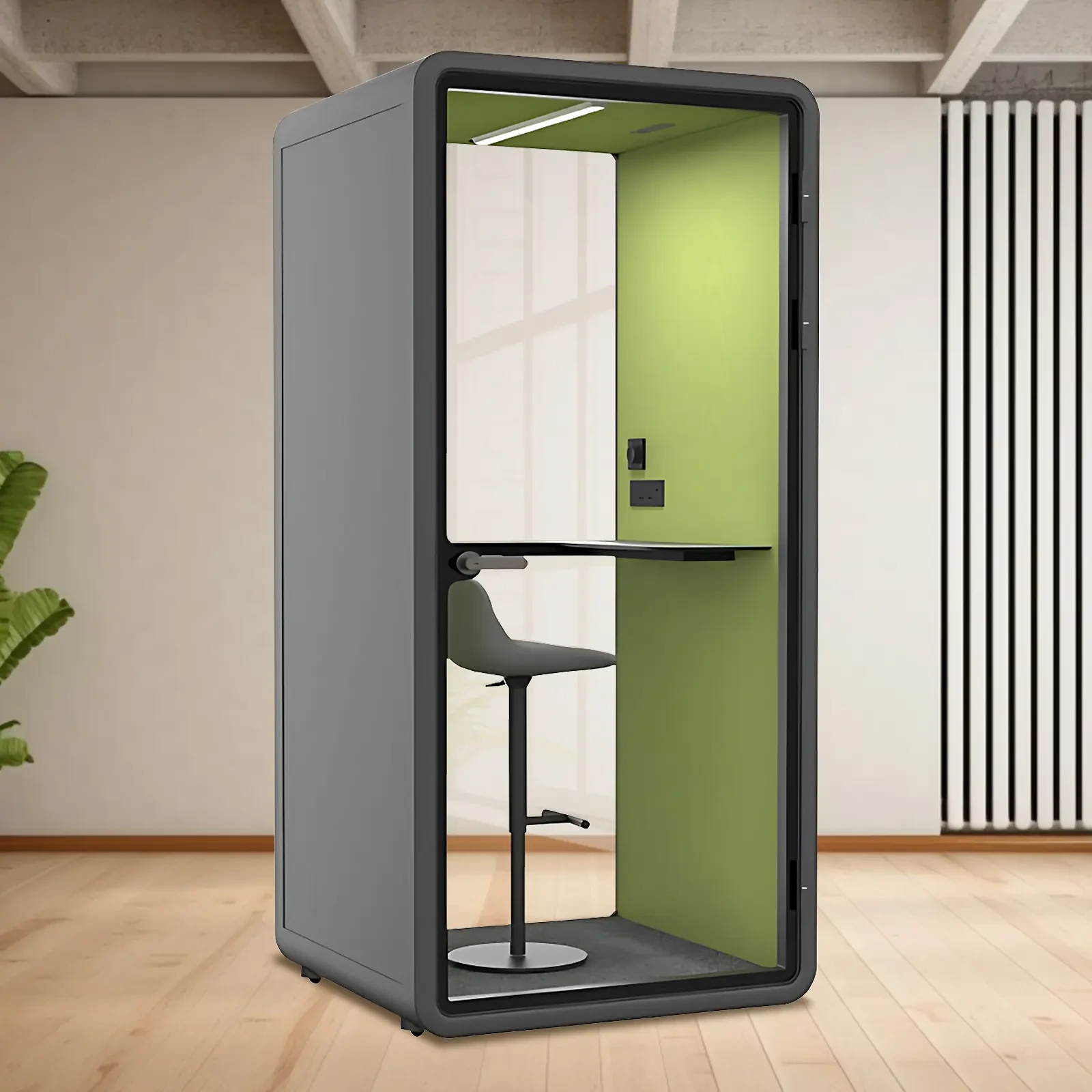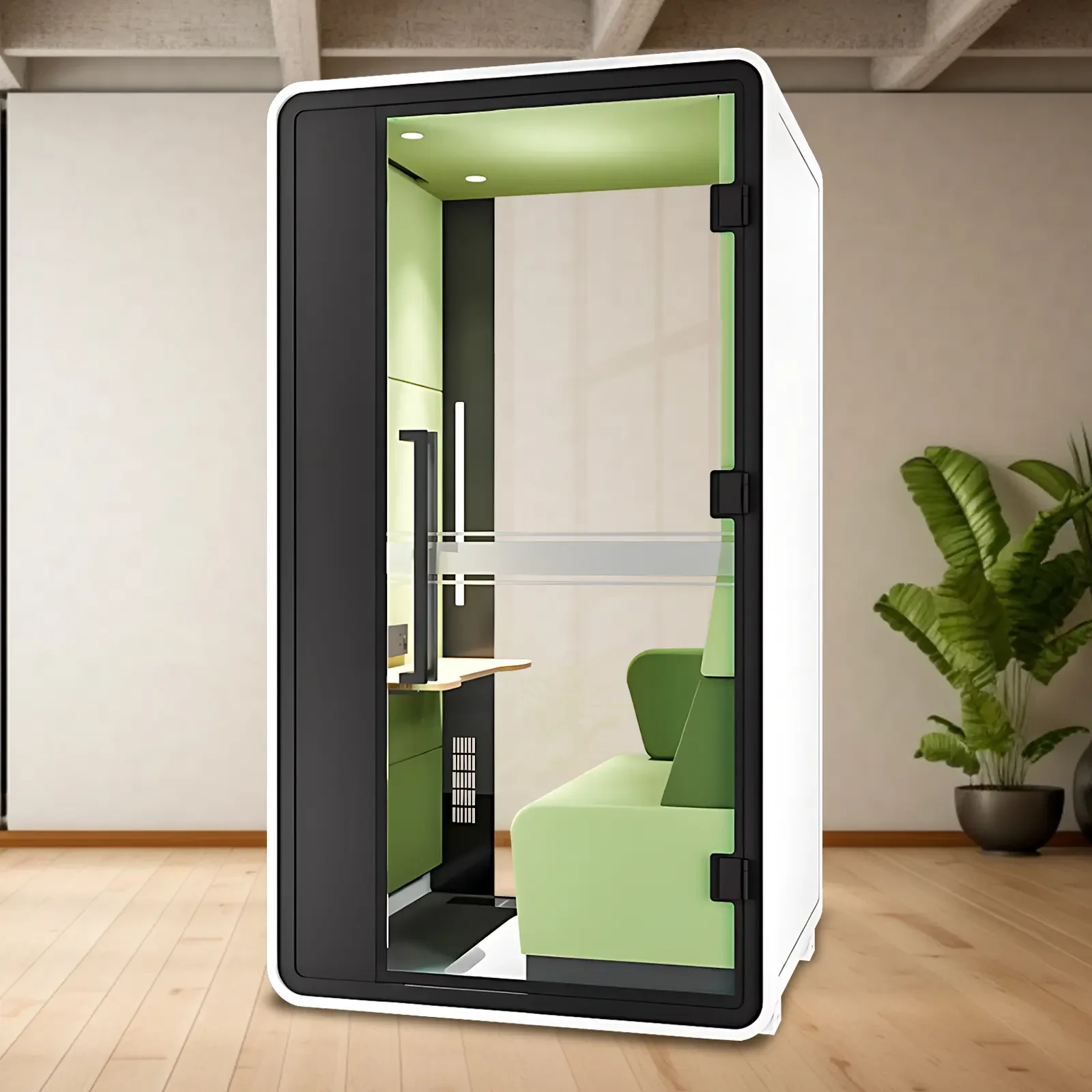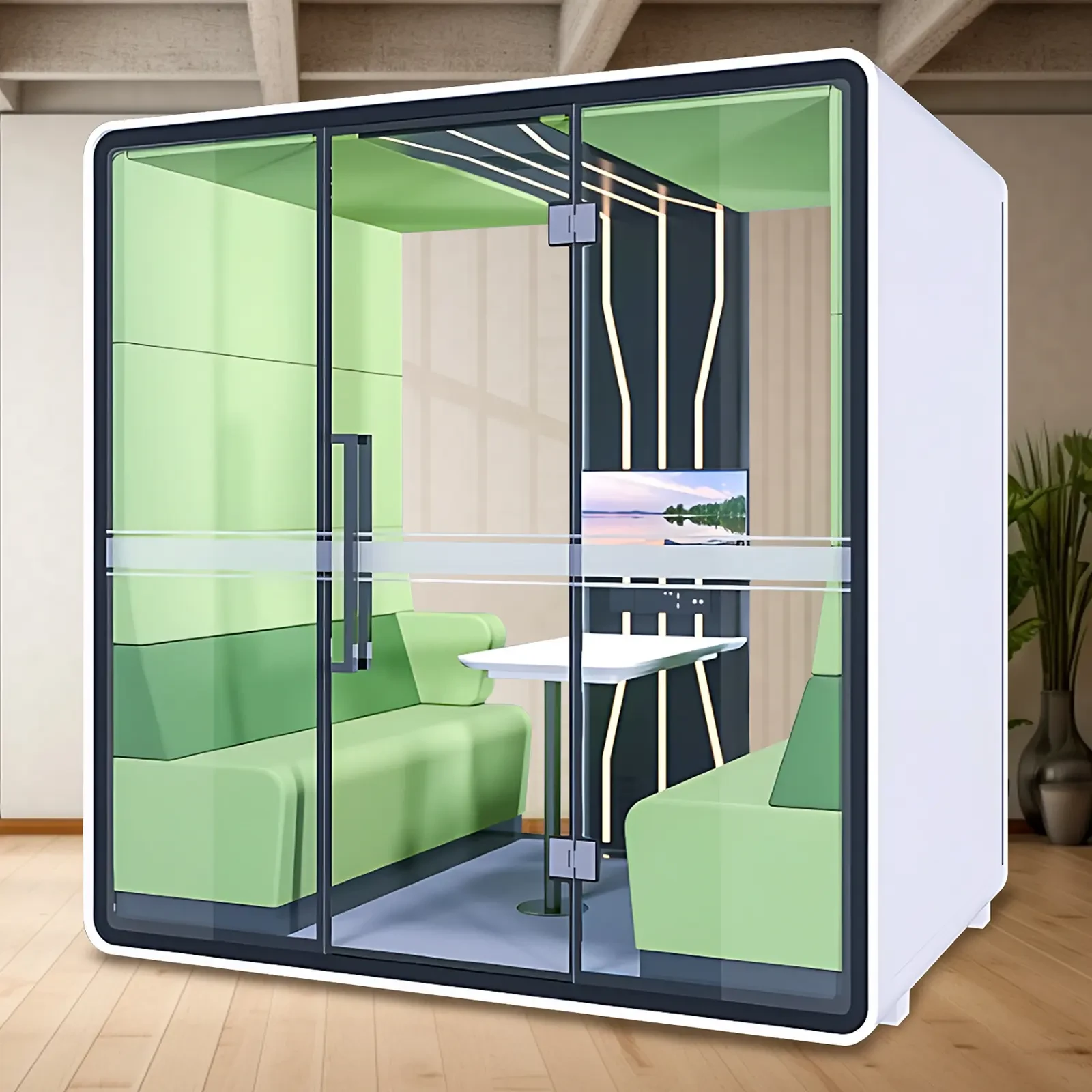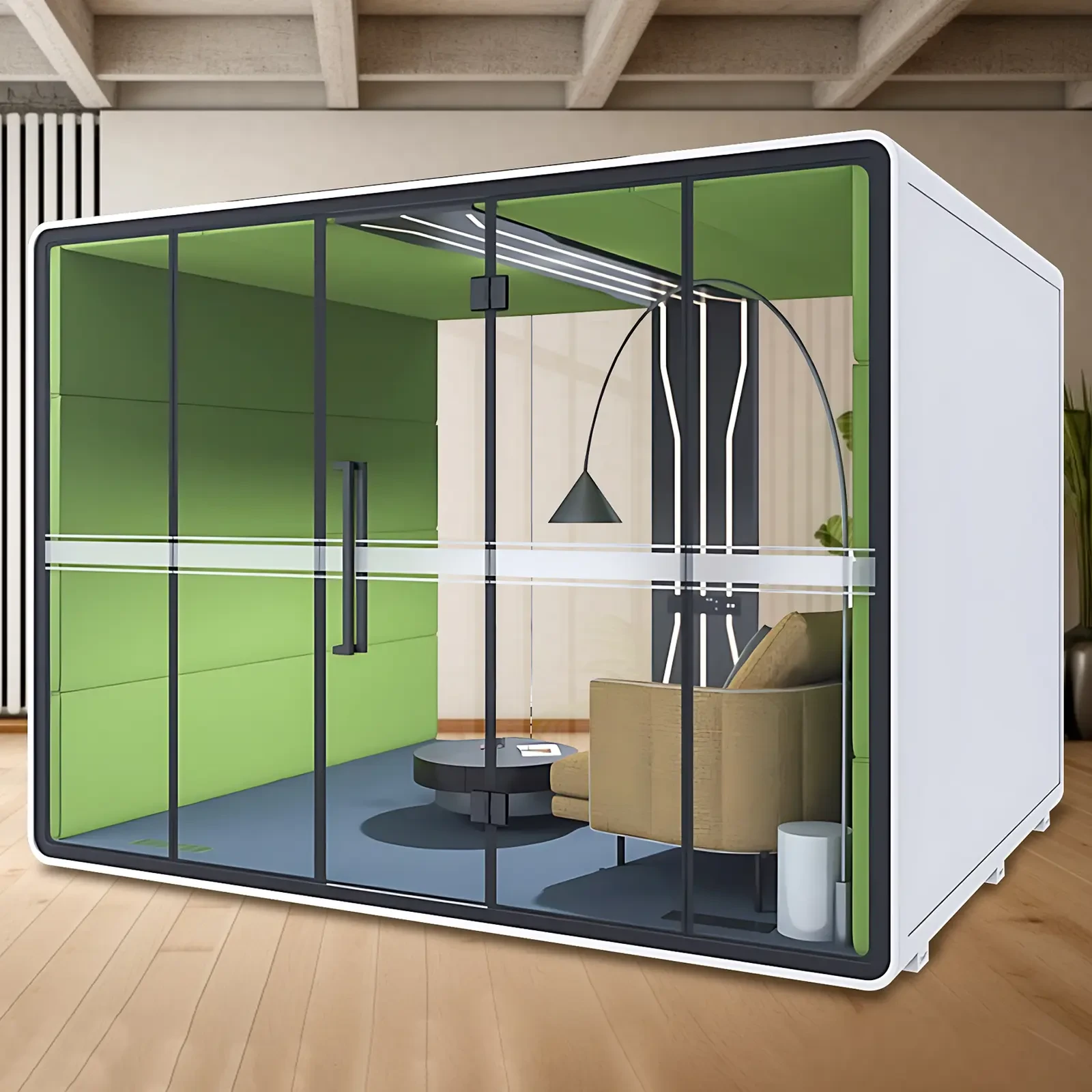Ever-evolving, the design of collaborative office environments where open spaces dominate and individual boundaries often blur presents one of the most crucial yet overlooked opportunities to boost productivity and respect privacy: acoustic management. This design element is essential for any office—be they open, private, or a combination of both—where teams engage in discussions and make phone calls. Sound masking is the first layer. Ambiance in the form of music is the second. Soundproofing is the third.
The Psychological Effects of Sound Disruptions in Offices
Most professional environments suffer when employees cannot concentrate because of auditory disturbances. For some people—those with existing listening or speech processing issues, for example—it's as if the sound of an office is turned up even more. These people tend to score lower on tests of concentration and working memory.
Even for those in normal auditory channels, decision-making is delayed when one is exposed to bursts of annoying sounds. The sound of a cop car, for instance, or a dog, or a device that is losing its battery.
Supporting Speech Privacy Without Building Barriers
Open office designs, while excellent for stimulating working together and spatial efficiency, often compromise speech privacy and make it tough for employees to hold private conversations without being overheard.
This is especially a problem in sectors like finance, legal, or HR, where sensitive communication is an everyday staple and where sound privacy is part of the necessary architecture of daily business.
Instead of isolating teams through physical barriers or rearranging the architectural layout of the space, organizations can hire a sound tactician and use sound to maintain the necessary architecture of privacy without visual obstructions.
Enhancing Cognitive Performance and Reducing Fatigue
One of the most significant benefits of sound masking in professional environments is its direct influence on cognitive performance during the prolonged periods of focused work that are so common in today's knowledge economy.
Basic neurobiology tells us that when the brain has to shift attention not just between tasks but also between a task and any number of distracting environmental stimuli (think noises of all kinds, just for starters), it is working much less efficiently.
One's memory is less reliable, and one's capacity for rigorous logical reasoning is more impaired (indeed, a lot of what sounds like 'creative thinking' is just more freewheeling, less logical reasoning that our brains can get away with when we're not under heavy cognitive load).
Practical Application in Collaborative and Quiet Zones
Today's office evolves into a networking space and yet a quiet place where free acoustic zones prevail. Even these places are fractionated, tailored to the many flavors of individual and close work that one might encounter in an office.
More tailored and easily controlled acoustics help keep everyone's heads down. If it's time to have one's head up, the acoustics should be right to sustain a graduated conversation that moves from quiet to full-throated in a sharing-everyone-can-hear sort of way.
If it's time to not decide but go through the motions in a free-flowing nearby conversation, the acoustics should at least make sense for working groups and not sound like a wet noodle.
Sound masking—or simply improving how sound behaves—is about softening group noise in nearby spaces, helping reduce distractions. It shifts audio signals away from people who are focused, allowing them to stay in the zone. And of course, it keeps the overall sound balanced, so no one ends up sounding awkward or out of place.
Redefining Acoustic Privacy in Flexible Workspaces
As businesses embrace hybrid work models and flexible seating arrangements, traditional methods of noise control fall short of ensuring employee satisfaction and efficiency. The unpredictability of seating plans, foot traffic, and day-to-day occupancy means that some days are louder than others. This affects both the rhythm and flow of work.
Luckily, there is a way to achieve effective sound control that is as adaptable as today's workplaces. Using sound masking, companies can increase the speech privacy and sound quality of workplaces without the help of static architectural features. This puts companies in the acoustic driver's seat, with the ability to tune the office to its changing work patterns.
Multifunctional Soundproof Office Room for 2 People Negotiation & Communication Pod by X-comfot: This two-person soundproof pod delivers exceptional noise reduction—about 25-35 dB—using high-density acoustic panels, insulated wood layers, and soundproof glass.
Recommendation
For enterprises aiming to build tranquil, efficient, and confidential workplaces yet still retain an air of openness and appealing aesthetic, X-comfort provides office solutions that seamlessly integrate sound masking into modern edifices. Our firm is focused on delivering high-quality, acoustically tailored office designs that yield not just places but also states of mind conducive to workplace wellness and operational efficiency.

 USD
USD
 GBP
GBP
 EUR
EUR






